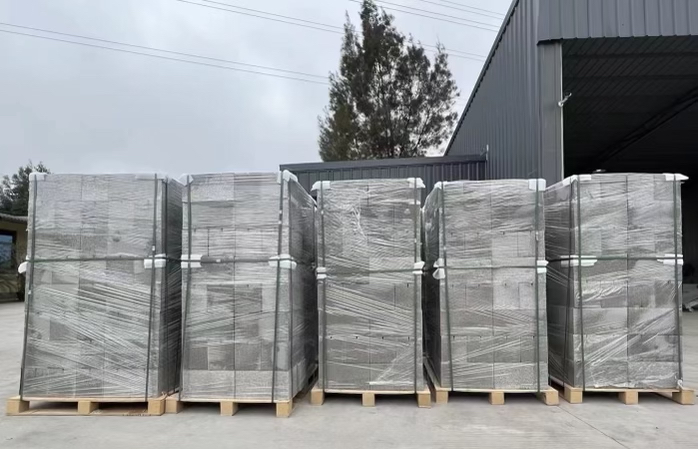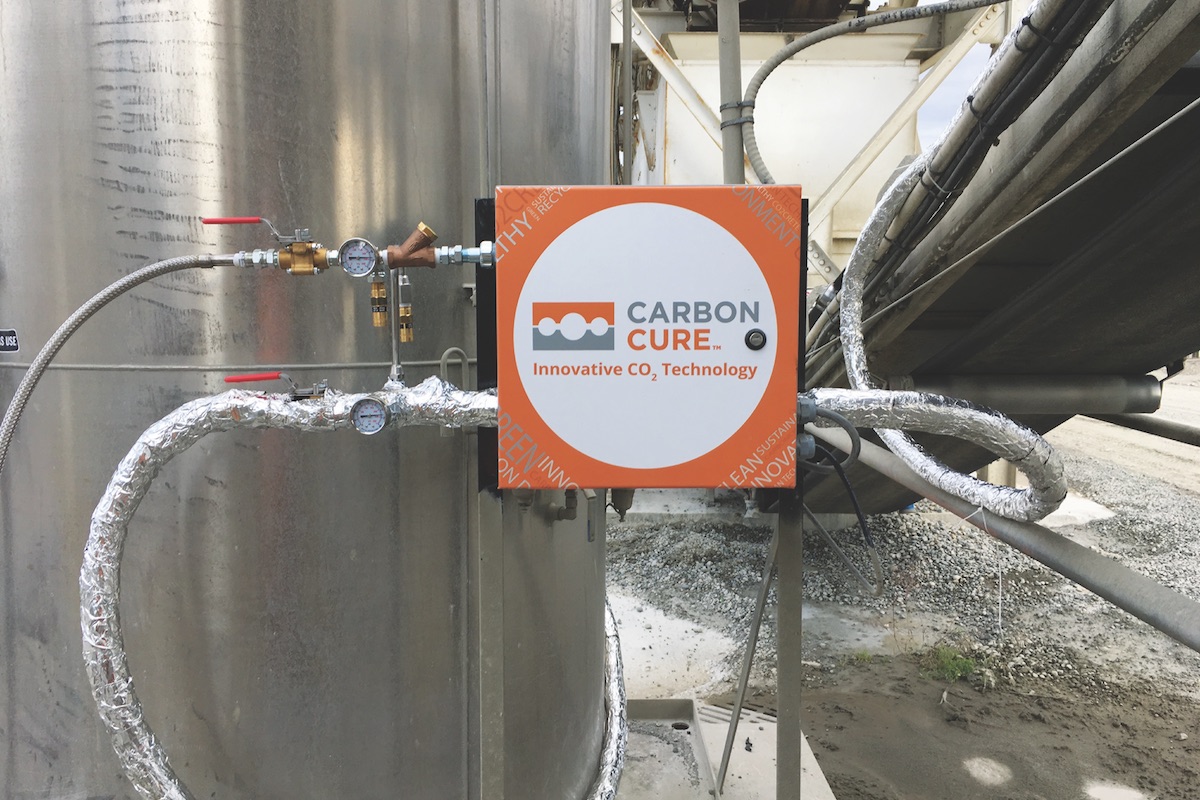Bahamas Grey Carbon Concrete Curing - Avoidance Only
Concrete Curing
Mineralization
プロジェクト概要
This project involves the construction of 30 hurricane-resistant homes in The Bahamas over the course of 2023. It uses Partanna’s carbon-negative building material - an affordable and versatile innovation that’s just as durable as traditional cement. Its manufacturing process, however, completely eliminates the use of Portland cement and is made from an alternative binder that employs natural or recycled ingredients through technology that generates avoidance credits from the displacement of cement.
This mix of materials can also generate removal credits through the absorption of CO2—both at production and throughout the life of the concrete. These removal credits are listed separately.
Upon successful completion of these homes, Partanna will have the option to build 1,000 per year in The Bahamas.
In addition, the project:Avoids the CO2 emissions from burning fossil fuels to power cement kilns, as well as associated NOx and particulate emissions. Removes CO2 directly from the air, without requiring any intermediate bottling, storage or transportation. Uses much less water than conventional concrete production, which alone accounts for almost 2% of total global water withdrawal. Builds homes that are resilient in corrosive environments and not susceptible to sulphate attack, because the product is made with saltwater. Focuses on locally available alternatives for binder components, thus creating a local manufacturing industry in the Bahamas; as part of the company’s arrangement with the Bahamian government, Partanna has pledged to invest $50 million into a manufacturing facility and provide 100 jobs.Partanna is a technology company that develops commercially scalable carbon dioxide removal (CDR, figure) solutions for the built environment. They have pioneered the concept of ‘grey carbon’—the next generation of carbon removal offsetting—in which no carbon capture, bottling, storage, or injection is necessary.
Traditionally, carbon removal markets have focused on blue and green carbon, which cover emission reductions by nature in the ocean or on land, respectively. However, these nature-based solutions are often difficult to measure. At the same time, given the world’s growing population as well as impacts from climate change and increasing urbanization, it’s clear that nature cannot be saddled with all the world's carbon removal responsibilities. Rather, building technologies are needed that can help keep the industry’s own emissions in check.
This is where ‘grey carbon’ comes in. Like its blue and green sisters, grey carbon offers net carbon removal and presents a pathway that delinks pollution and development. Moreover, grey carbon offsets are far easier to accurately monitor and quantify.




